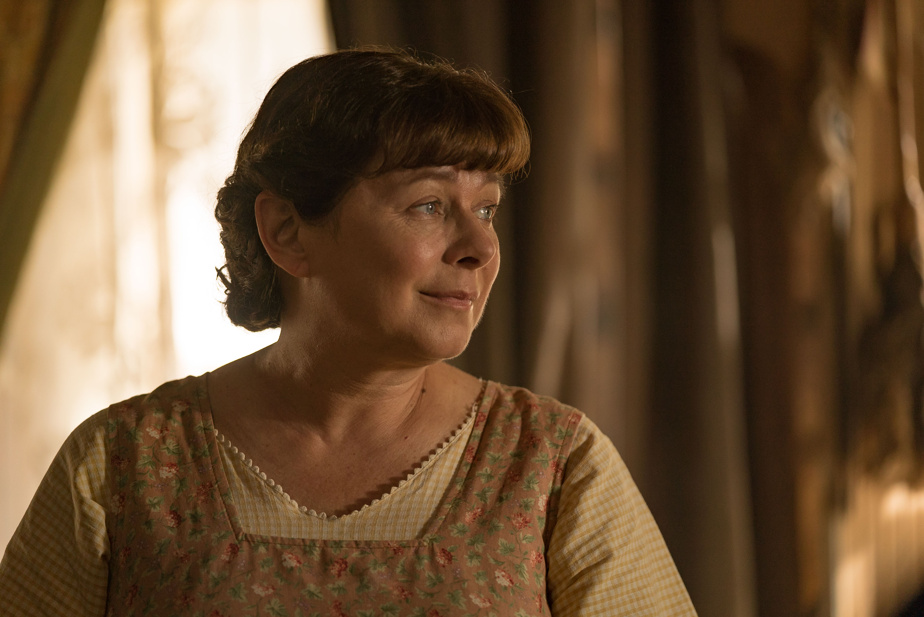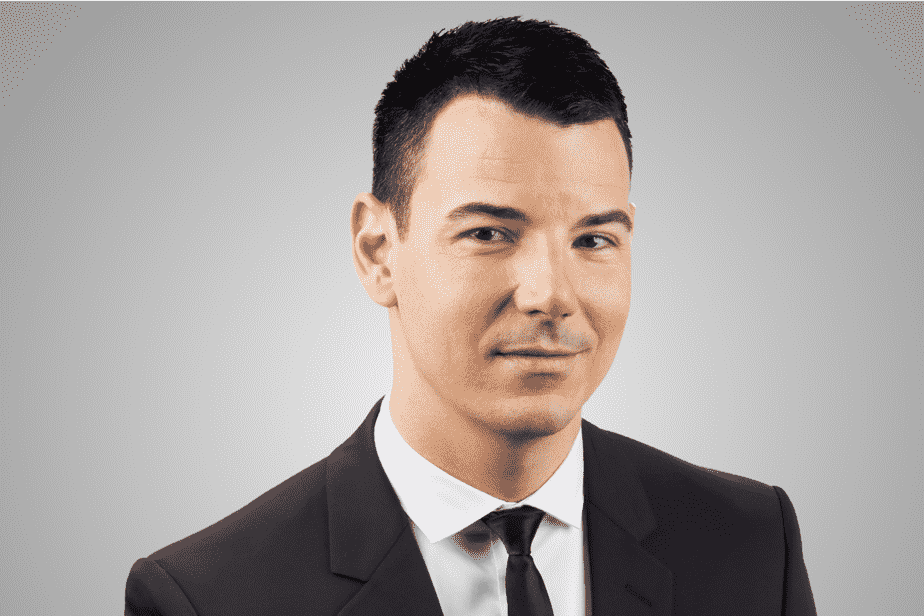Did I feel like watching the Canadian radio miniseries devoted to the childhood of writer Gabrielle Roy? Zero and one bar.
Posted at 8:15 a.m.
Manitoba-Quebec regional co-production, thin budget for a period series and abuse of melancholic violins, all the elements converged towards a cathodic disaster of the type At the valdrague (phew!). I also passed my turn when the ARTV channel relayed in March the eight half-hour episodes of the Gabrielle Roy’s world. Thanks, but no thanks.

PHOTO PROVIDED BY RADIO-CANADA
Martine Francke in The world of Gabrielle Roy
When Radio-Canada put the work back on its schedule at the end of June (Mondays at 7:30 p.m.), I listened and opened my eyes. Especially since The world of Gabrielle Roy had won two major nominations in anticipation of the Gemini gala in September: best actress (Martine Francke) and best director (Renée Blanchar).
Verdict? It’s friendly, touching and charming, not at all cheesy. Really, my biases have clouded my judgement, sorry. This slow, poetic series resembles the television adaptations that were taken from Lucy Maud Montgomery’s novels, including Anne… the house of green gables.
The free section of Tou.tv offers the first two episodes of Gabrielle Roy’s world. The third passes Monday evening and the complete collection is accessible on the Extra of Tou.tv.
Camped between 1919 and 1929, The world of Gabrielle Roy comes in eight childhood memories of the famous writer that will build her literary universe and feed her creative obsessions. Through the sparkling eyes of 10-year-old Gabrielle Roy (Léa-Kim Lafrance-Leroux), the viewer is immersed in the movement for the emancipation of Manitoba women, the fight for the preservation of French outside Quebec. , exile as well as the oppression of French speakers, the social class struggle and the desire to escape of a future star of international literature.

PHOTO PROVIDED BY RADIO-CANADA
Martine Francke and Léa-Kim Lafrance-Leroux in The world of Gabrielle Roy
No, you will not witness the creation of Second-hand happiness. The world of Gabrielle Roy ends in the midst of an economic crisis when the heroine (now played by Romane Denis) is 20 years old and continues her studies to become a teacher. In almost 95% of the scenes in the miniseries, we follow 10-year-old Gabrielle, a curious, dreamy and nosy girl, as well as her older sisters Bernadette, Alicia and Clémence.
The character of Gabrielle Roy’s mother, Mélina Landry (excellent Martine Francke), clearly stands out. She is the one who encourages her daughter Gabrielle to “be part of the big world”. A world of lavish balls, silk gloves and shopping at Eaton’s that Mélina has never entered.
This pious, intense, proud and protective woman is the heart of the family home on Deschambault Street, in Saint-Boniface. A seamstress, Mélina is torn between religious traditions and the wind of modernity blowing across the Prairies.
Her husband, Léon Roy (Gaston Lepage), corresponds more to the stereotype of the man of his time. Both gruff and sensitive, he worked for a long time as a colonization agent for the federal government, before losing his job. It is Léon who encourages his daughters to get an education, a valuable tool for lifting themselves out of poverty.
The world of Gabrielle Roy contains a few sources of irritation, including the ubiquitous music that sometimes spoils the atmosphere. Nor is it a so-called classic biography, because screenwriter and director Renée Blanchar (Belle Bay) took historical liberties to embroider his narrative.
No matter. To tan smarter, The world of Gabrielle Roy is closer to enchantment than distress.
Snowflakes (artificial)
Don’t waste your time with reality TV Snowflake Mountain from Netflix. It’s bad and the “script” — do you still think these shows aren’t scripted? – shines through far too much for us to adhere to.
However, the concept had an attractive and eye-catching aspect. Ten influencers or rich kids in their twenties, who have been allergic to authority since birth, believe they are participating in a luxurious Ibiza villa-type reality show with an infinity pool and unlimited champagne.
Mistake. The production lands them in the mountains, in the middle of a forest, where they will have to survive with the means at hand (and without their beauty kit). Who’s the most woke here, huh? You will suffer, my little ingrates!
Obviously, these ten members of Generation Z were chosen to represent the stereotype of the “snowflake”, a fragile young person unable to tolerate an opinion contrary to his own without being offended.
Obviously, two former military personnel, animators Joel Graves and Matt Tate, try to break them down and toughen them up. Send, you lazy people! Log your wood! Pick your fruit! Hunt your meat! And put away your damn cellphones!
I dropped out after three episodes, which end up repeating the same story: young people today are therefore very superficial, blah, blah, blah. It’s big, long.
With a little less bad faith, Snowflake Mountain could have been an entertaining show. His conservative biases, not even exploited with humor, only reinforce prejudices and widen the gap between two generations.
Snowflake Mountain thus remains at the base camp and does not approach the summit at all.
